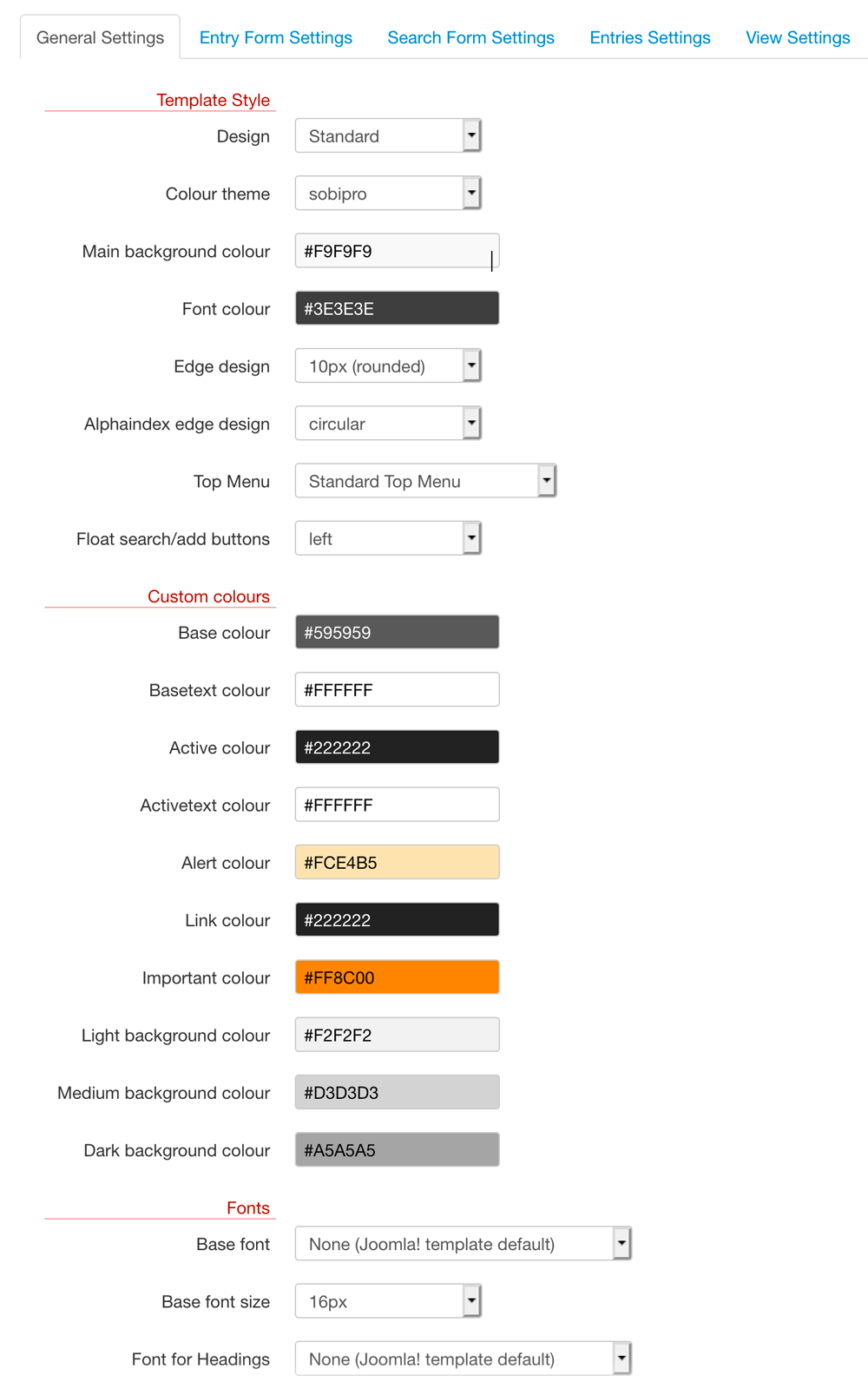


Building on this example, we can look at how a transaction would affect an asset account and liability account.

This is because asset accounts hold a debit balance while liability accounts maintain a credit balance. Conversely, liability accounts hold a balance on the right. You will notice that asset accounts primarily hold a balance on the left of the t-account. By graphically showing the debits and credits, t-accounts help determine what type of account each individual item is and how a transaction changes its balance.įor example, by looking at the t-account template preview above, you can see an asset account and a liability account. They are shaped like a ‘T’ to help visualize how transactions, debits, and credits affect a company’s accounts. T-Accounts are a graphical representation of individual accounts on a company’s ledger.


 0 kommentar(er)
0 kommentar(er)
